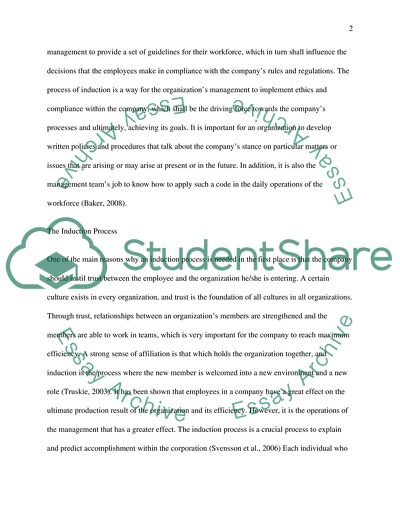Cite this document
(Role of Induction in an Effective People Resourcing Strategy Coursework, n.d.)
Role of Induction in an Effective People Resourcing Strategy Coursework. https://studentshare.org/ethics/1719532-explain-the-role-of-induction-in-an-effective-people-resourcing-strategy
Role of Induction in an Effective People Resourcing Strategy Coursework. https://studentshare.org/ethics/1719532-explain-the-role-of-induction-in-an-effective-people-resourcing-strategy
(Role of Induction in an Effective People Resourcing Strategy Coursework)
Role of Induction in an Effective People Resourcing Strategy Coursework. https://studentshare.org/ethics/1719532-explain-the-role-of-induction-in-an-effective-people-resourcing-strategy.
Role of Induction in an Effective People Resourcing Strategy Coursework. https://studentshare.org/ethics/1719532-explain-the-role-of-induction-in-an-effective-people-resourcing-strategy.
“Role of Induction in an Effective People Resourcing Strategy Coursework”. https://studentshare.org/ethics/1719532-explain-the-role-of-induction-in-an-effective-people-resourcing-strategy.


